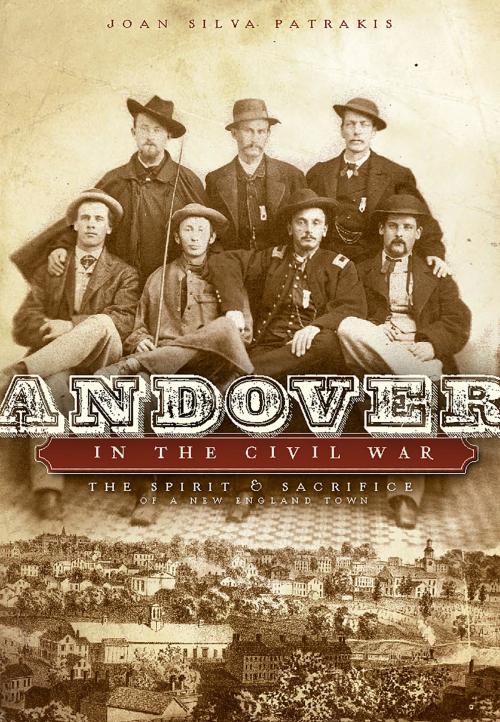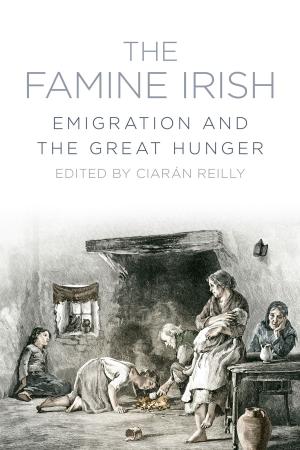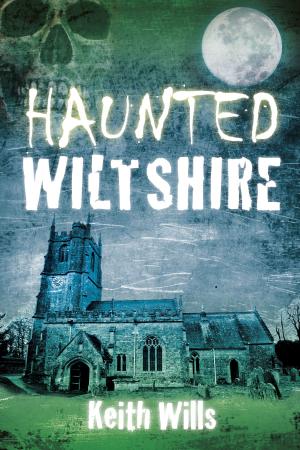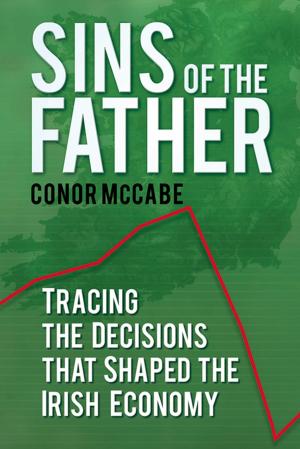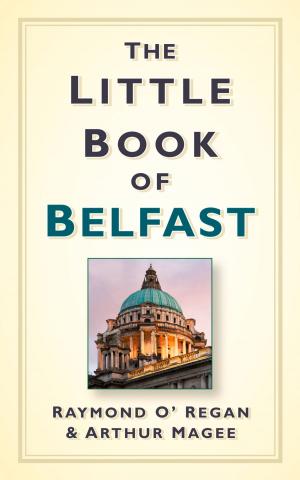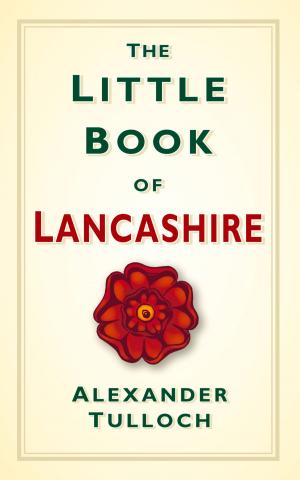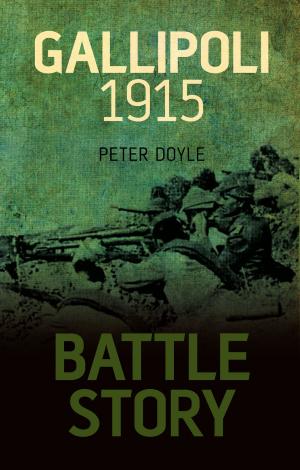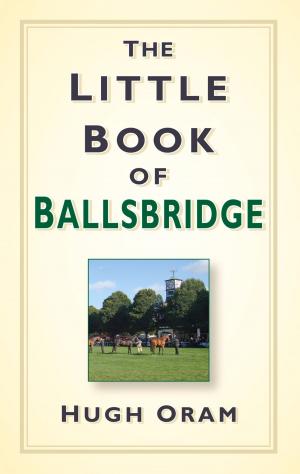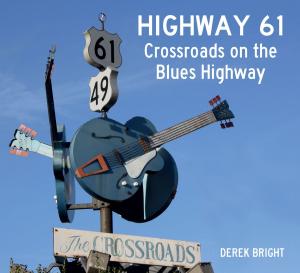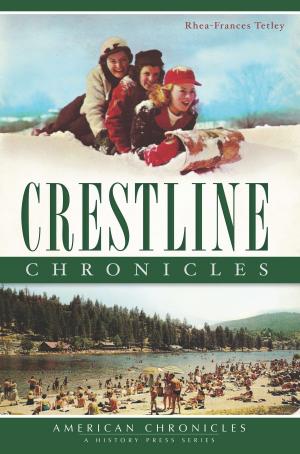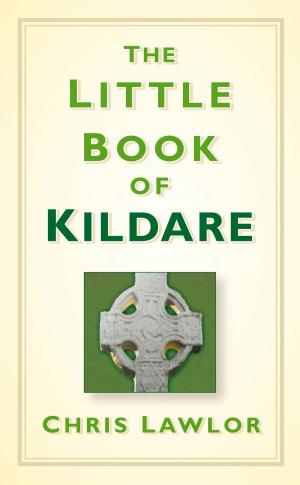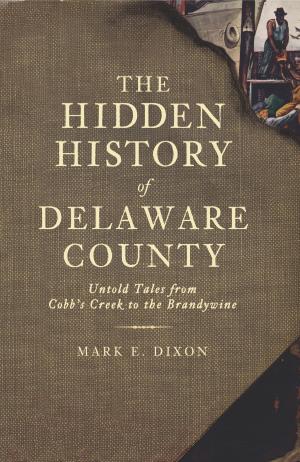Andover in the Civil War
The Spirit and Sacrifice of a New England Town
Nonfiction, History, Americas, United States| Author: | Joan Silva Patrakis | ISBN: | 9781614231233 |
| Publisher: | The History Press | Publication: | October 20, 2011 |
| Imprint: | The History Press | Language: | English |
| Author: | Joan Silva Patrakis |
| ISBN: | 9781614231233 |
| Publisher: | The History Press |
| Publication: | October 20, 2011 |
| Imprint: | The History Press |
| Language: | English |
They departed Boston in August 1861 to a cheering crowd and the tune of “John Brown’s Body.” Though some of these Andover soldiers would not “see the elephant” until two years later, more than a quarter of them would never return to their beloved hometown. Drawing on journals, letters and newspaper articles, Andover in the Civil War chronicles the journey of these brave men and brings to life the efforts of those who remained on the homefront. Harriet Beecher Stowe and Elizabeth Stuart Phelps were just two Andover citizens who threw themselves wholeheartedly into the Union cause. Lesser known but equally impressive was Robert Rollins, who migrated to Andover in 1863 and enlisted in the North’s first all-black regiment. Historian Joan Silva Patrakis introduces many more patriotic characters and moving stories from this “Hill, Mill and Till” town during the bloodiest years of America’s history.
They departed Boston in August 1861 to a cheering crowd and the tune of “John Brown’s Body.” Though some of these Andover soldiers would not “see the elephant” until two years later, more than a quarter of them would never return to their beloved hometown. Drawing on journals, letters and newspaper articles, Andover in the Civil War chronicles the journey of these brave men and brings to life the efforts of those who remained on the homefront. Harriet Beecher Stowe and Elizabeth Stuart Phelps were just two Andover citizens who threw themselves wholeheartedly into the Union cause. Lesser known but equally impressive was Robert Rollins, who migrated to Andover in 1863 and enlisted in the North’s first all-black regiment. Historian Joan Silva Patrakis introduces many more patriotic characters and moving stories from this “Hill, Mill and Till” town during the bloodiest years of America’s history.
